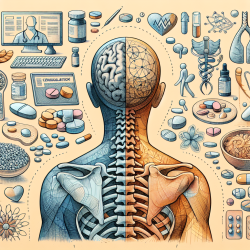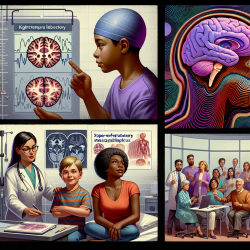Understanding Pain Management for Spinal Cord Damage
Chronic pain is a common issue for individuals with spinal cord damage (SCD), affecting between 64% and 88% of this population. Pain can significantly impact social functioning, community participation, and overall quality of life. Therefore, effective pain management is a critical component of care for these individuals.
Research Insights: Survey on Current Treatments
The recent research article, "Survey on Current Treatments for Pain After Spinal Cord Damage," provides valuable insights into the international spinal cord medicine community's approaches to pain management. The study highlights the use of both pharmacological and non-pharmacological treatments and explores differences in treatment approaches between developed and developing nations.
Key Findings
- Most clinicians employ a multimodal approach to pain management, utilizing a combination of pharmacological and non-pharmacological treatments.
- Opioids are commonly prescribed, with 74.5% of respondents reporting their use in patients with SCD. However, their use is more prevalent in developed nations.
- Non-pharmacological treatments such as cognitive behavioral therapy (CBT), mindfulness exercises, and acupuncture are also employed, although their utilization varies by region.
- Medical cannabis is underutilized, with only 13% of clinicians offering it, despite 52.3% believing it should be available to patients.
Implications for Practice
For practitioners, these findings underscore the importance of a tailored, multimodal approach to pain management in SCD. While pharmacological treatments remain a cornerstone, incorporating non-pharmacological options can enhance patient outcomes. Additionally, the growing interest in medical cannabis suggests a need for further research and education in this area.
Encouraging Further Research
The differences in treatment approaches between developed and developing nations highlight the need for further research into the factors influencing these variations. Understanding the role of educational differences, resource availability, and cultural beliefs can inform more effective and equitable pain management strategies globally.
For practitioners looking to improve their skills, staying informed about the latest research and being open to exploring new treatment modalities can lead to better patient outcomes. Engaging in professional development opportunities and participating in clinical trials can also contribute to the advancement of knowledge in this field.
To read the original research paper, please follow this link: Survey on current treatments for pain after spinal cord damage.










